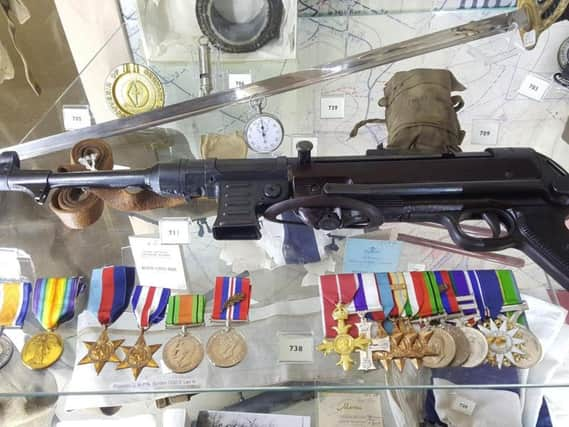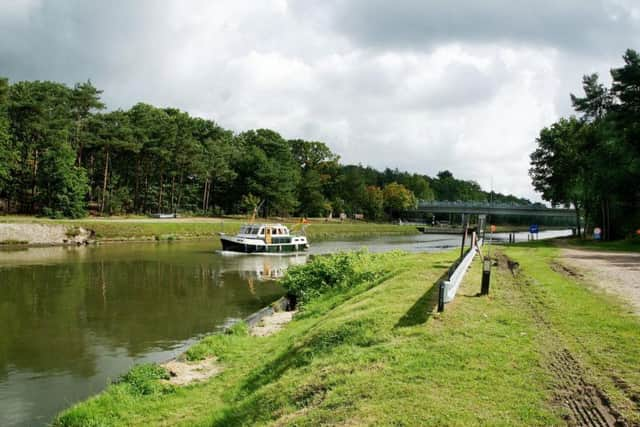75 Years Ago: How Lancashire soldiers fought hand-to-hand to open the way to Arnhem


Seventy-five years ago, near the little town of Lommel in Belgium, in heavy rain, the 1st Battalion of the East Lancashire Regiment launched an opposed assault crossing of the Meuse-Escaut Canal, one of Europe’s major waterways.
It was the start of the Operation Market Garden, which was to culminate in the famous failure at Arnhem.
Advertisement
Hide AdAdvertisement
Hide AdAn opposed water crossing is one of the most difficult of all military operations, and it cost the lives of at least two East Lancashire soldiers just trying to get across the steeply-banked, wide canal.


Nevertheless the battalion made it over and plunged into the thick forest on the other side, which was laced with German Falschirmjaeger (paratrooper) defenders, recognised as some of the best fighters in the German Army.
It is rarely accurate to describe visibility as ‘nil’, but in the dense forest, in the pelting rain, it was a genuine description.
The troops quickly became disorientated and the fighting became completely confused, units all in the wrong place, and British and German all mixed together, so that when dawn broke it became clear that the East Lancashires had successfully got behind the defenders, but that the enemy still held the canal bank, and were therefore able to stop British reinforcements getting across.
Advertisement
Hide AdAdvertisement
Hide AdIt took all day to winkle them out, with much hand-to-hand fighting.
In the afternoon, the East Lancashire’s Commanding Officer, Lt Col George Burden, and his orderly, Lance Corporal Gammon, were racing from one position to the next, and dived for cover into a foxhole.
This came as a great surprising to its existing occupant, a lone German Falschirmjaeger, whom they quickly overpowered and took prisoner.
He was found to be carrying an MP-40 submachine gun, a well-known and much prized German weapon, incorrectly known to the Allies as a Schmeisser. He was promptly relieved of it by a delighted Lt Col Burden, who then carried it himself as his personal weapon for the rest of the war.
Seventy-five years ago today, and now ‘The Burden Schmeisser’ is a prized treasure on permanent display in the Lancashire Infantry Museum in Fulwood Barracks